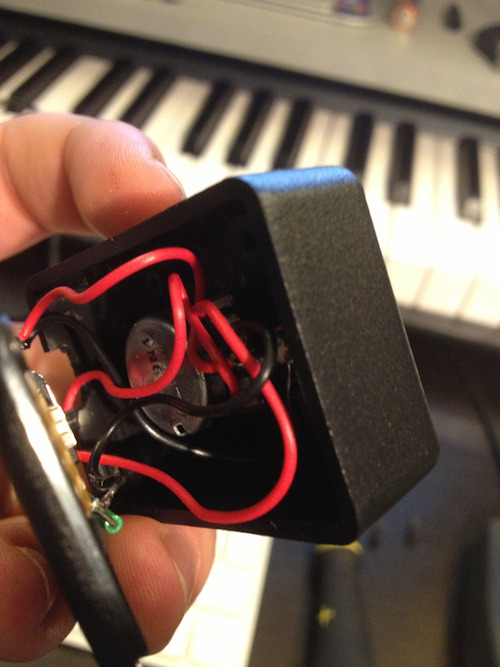

*Unfortunately, the first Sequel production run does not include the 'MIDI Port Enabler' folder. Therefore, we offer both files as a zip package for download as part of the article. As the whole MIDI configuration is done automatically in Sequel, a different method of communicating with the MIDI interface or the USB keyboard will be chosen and thus the MIDI delay and recording issues should not occur any longer.
#MIDI MONITOR ERROR DRIVER#
After a Sequel relaunch, the program now has access to previously hidden driver architectures and protocols. Normally, one can fix any of these issues by using the two filter files 'enableemulated' and 'ignoreportfilter'. Those files can be found in the Sequel application folder (default is C:\Program Files\Steinberg\Sequel) in the subfolder 'Midi Port Enabler'.*īoth files have to be moved one directory up into the Sequel application folder. To gain access to all available driver architectures please see the section below about the "ignoreportfilter" & "enableemulated" switches. If you experience difficulties whwith receiving/transmitting SysEx data through native or emulated DirectMusic MIDI ports, please check if the Windows MIDI (MME) ports can be of help. Devices > Device Setup… > MIDI Port Setup.If enabled, an alternative time reference in your system is being used.ĭepending on the Cubase version, 'Use System Time Stamp' can be found under: If you have persistent timing problems (shifted notes etc.) with native or emulated DirectMusic ports please check the option "Use System Timestamp" provided in the DirectMusic section of the Device Setup dialogue. When it comes to MIDI timing it is crucial to use the latest DirectX version available for your operating system. Make sure to have all available updates for the application and the operating system installed. These are the basic steps to check when you experience problems with the stability of MIDI communication on your Windows system: General advice for using MIDI on Windows systems Double or triple recordings of the same MIDI events due to using different driver architectures at the same time.Generally bad or wacky MIDI timing on playback.Sometimes stuck notes or several events stacked on top of each other are recorded instead of being consecutive.Sometimes no MIDI events are recorded at all.Shifted MIDI events while recording (events are recorded too late or too early).Unfortunately, this can lead to a quite nice array of problems when using inappropriate port driver architecture: DirectMusic itself has a function to "mirror" these Windows MIDI ports to show up as 'emulated DirectMusic' ports.
#MIDI MONITOR ERROR DRIVERS#
Modern MIDI interfaces are installed with real native DirectMusic drivers whereas it is still quite common for other interfaces to use a predecessor API to provide drivers for the Windows MIDI system. This is due to the fact that it is possible for providers of MIDI interface drivers to deliver their drivers in different 'flavors'.

Using MIDI interface port drivers on PCs with Windows in conjunction with current MIDI/Audio sequencer applications like Cubase or Nuendo, which mainly rely on Microsoft's current DirectMusic (as part of DirectX) API for MIDI communication, can sometimes be confusing for the user. MIDI on Windows systems: What's the issue? This article mainly applies to Windows systems running any Cubase, Nuendo or Sequel version build end of 2004 or later.


 0 kommentar(er)
0 kommentar(er)
